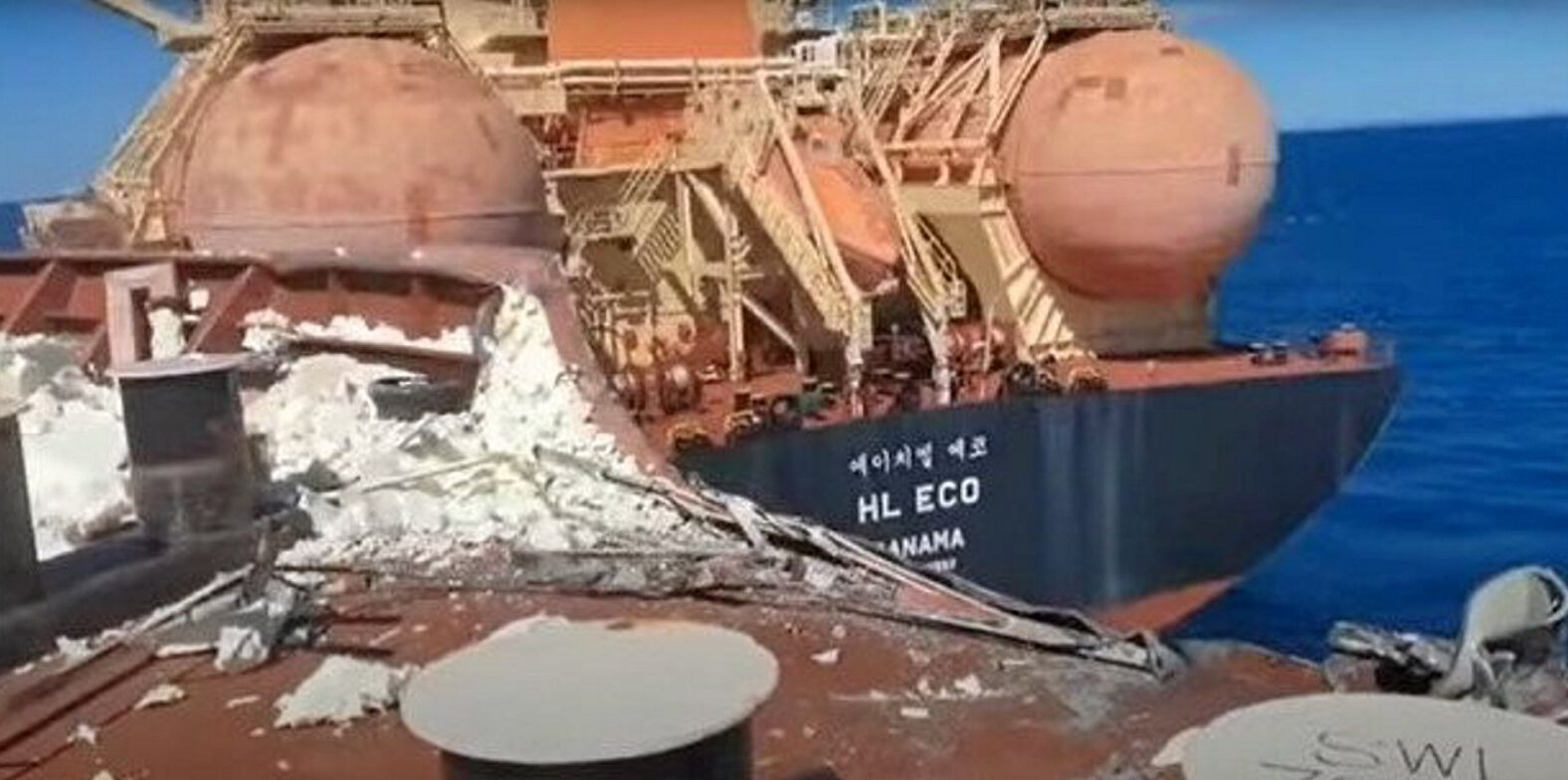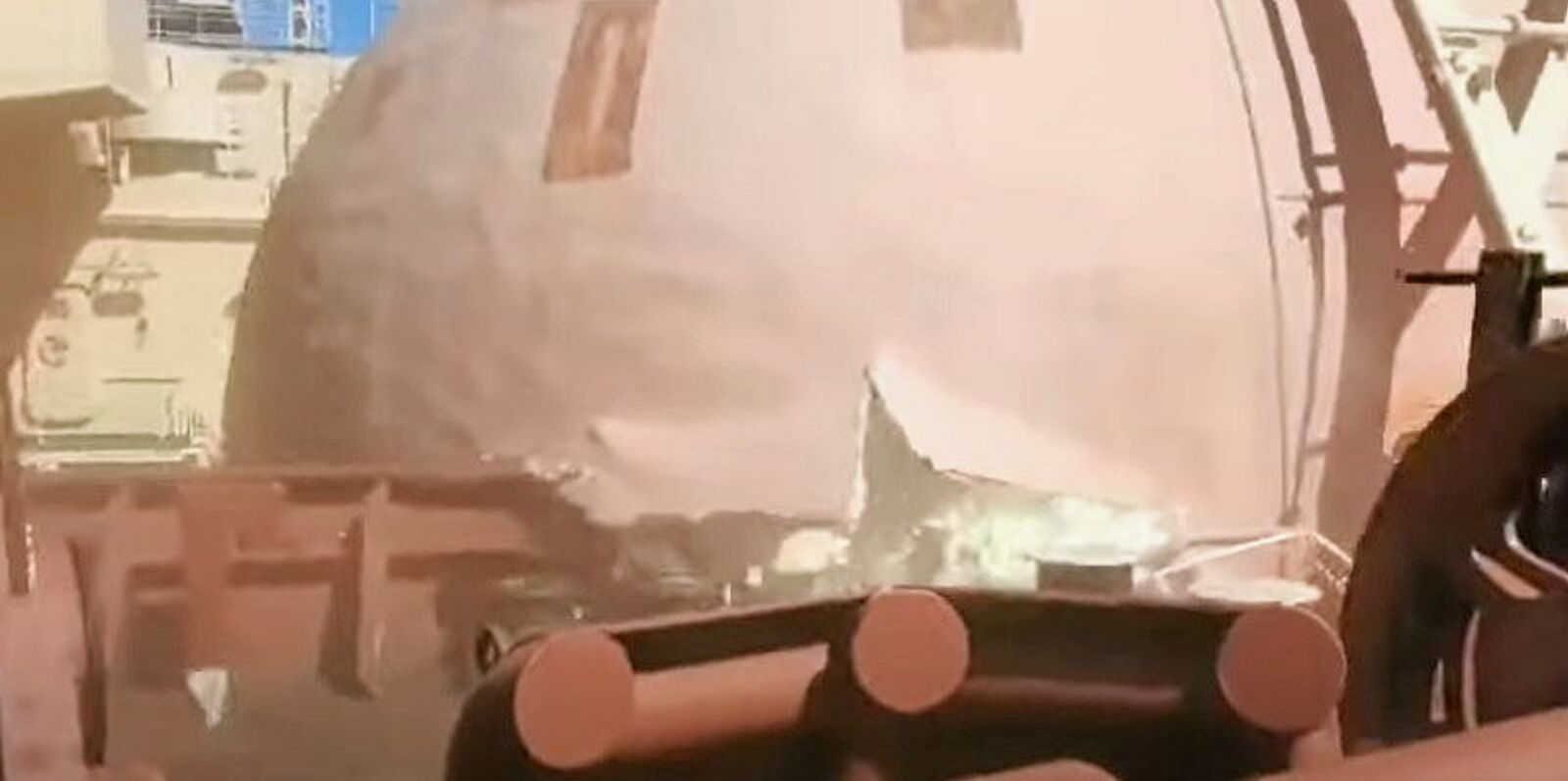I had the opportunity to review the video of the collision between the LNG dual-fuelled bulk carrier HL Eco and the bulker YM Serenity off Hay Point anchorage in Queensland, Australia, on 16 July.
As someone who has worked on LNG carriers, I would like to give my feedback in the interest of increasing risk awareness knowledge to promote safe practices.
For incidents like this, the leadership must think on its feet, especially where a situation develops quickly, and the benefit of hindsight is very important.
This is especially so when LNG fuel usage is becoming more prominent on vessels across different sectors and people from other ship types may not fully appreciate the risks involved.
In the video of the incident the crew are asked to rush to the forecastle deck to release the anchor chain and we can see people running — at least one of whom was filming the action — on the stationary vessel.
This should have been avoided because of any release of methane gas vapour and source of ignition, in different circumstances it could have been fatal to the people asked to release the anchor chain.
The video also showed someone standing and taking footage very close to the site of impact.
The running anchor chain/steel plates colliding would have enough heat source to ignite an explosive mixture. The minimum ignition energies for most hydrocarbon gases and vapours range from 0.1 to 1 millijoule and it doesn’t take much to generate that.
The best course of action would have been to keep everyone completely clear of the impact area and keep firefighting equipment in readiness, throughout the vessel, as the vapour cloud can also easily find its way into the other areas of the ship, such as accommodation and engine spaces.
Orange-coloured Type C tanks on a bulk carrier at the stern with a loss of power could have been an early sign to assess the potential risk and use the valuable time to assist in preparedness.
I am also certain that there should be a design review of these LNG tanks with respect to their location for collision impact. Currently, these are stationed right next to the side shell plating and this incident has highlighted their vulnerability.
Captain Rajesh J Dhadwal has spent 14 years at sea on oil and gas tankers and undertaken various shore-based roles in the LNG sector over the last seven years





